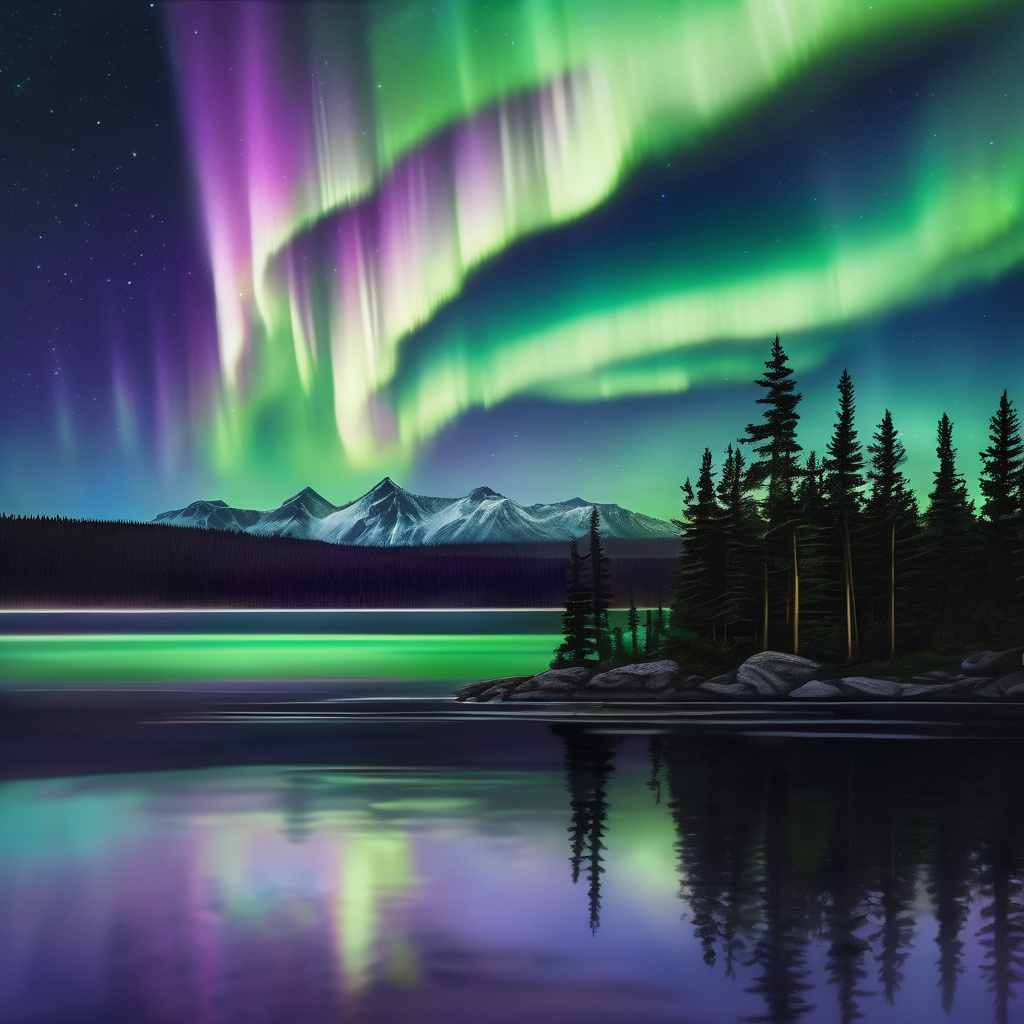The Aurora Borealis dazzled spectators across the United States and Canada on Tuesday night, showcasing vibrant displays of natural light from as far north as Nova Scotia to as far south as Florida. Many enthusiasts took to social media to share their stunning captures of the phenomenon.
The captivating displays were caused by Coronal Mass Ejections (CMEs), a type of solar flare that travels toward Earth. According to expert Tony Rice, these CMEs are complex and difficult to predict. When they interact with Earth’s upper atmosphere, they create the stunning visual spectacle known as the aurora. The intensity of the geomagnetic storm—a measure of how these ejections interact with Earth—determines how far south the auroras can be visible.
There is a promising outlook for more aurora sightings on Wednesday night. The NOAA’s Space Weather Prediction Center and NASA have reported that another, even stronger CME is on its way, expected to reach Earth around midday. This means the potential exists for further dazzling displays later in the evening, provided the storm maintains its strength after sunset.
Those hoping to catch another glimpse of the aurora should seek out locations with a clear view of the northern sky and minimal light pollution. Utilizing the night mode on a smartphone camera with an exposure time of ten seconds could yield excellent results.
The increase in aurora sightings can be attributed to both natural solar activity and advancements in technology. Currently, the sun is in a “maximum” phase of its cycle, leading to more active sunspots and frequent solar flares. Auroras are also statistically more common during the Equinoxes compared to the Solstices. Furthermore, the availability of long exposure settings on smartphones enables enthusiasts to capture these fleeting moments with greater ease than ever before.
As the Aurora Borealis phenomenon continues to captivate many, viewers are encouraged to share their photos through wral.com/reportit, helping to document this extraordinary natural display.
